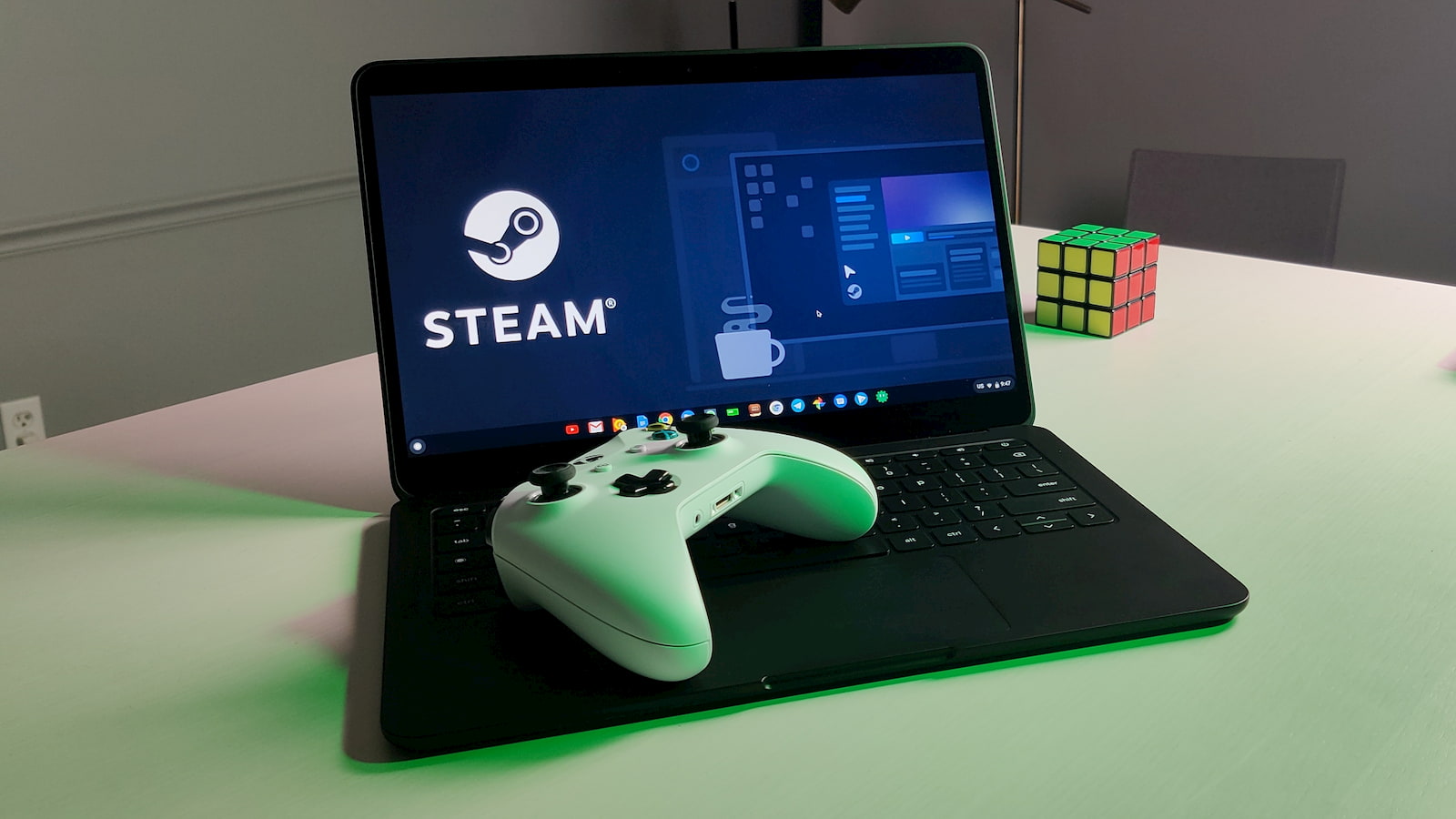Google is not relenting in trying to make ChromeOS the operating system for the masses. With more and more devices arriving and more features being added on a very consistent basis, the young OS has become extremely versatile but there’s still plenty of room for more. One area, in particular that Google has placed some serious focus is gaming. It started a few years back with the addition of Android apps that brought thousands of mobile games to the desktop OS.
A little later, Google tried to get in on the cloud-gaming with the debut of the short-lived Stadia gaming service that was closely associated with ChromeOS hardware as it didn’t require anything other than a solid internet connection and browser. We loved Stadia and still lament its untimely passing. Still, it was another notch in Google’s gaming belt.
In the midst of the Stadia wind down, Google was quietly working with Valve to bring Steam gaming to ChromeOS via the ‘Borealis’ container that we had been tracking since the summer of 2020. Once Intel released its 11th Gen CPUs with Iris Xe graphics, Chromebooks were finally ready to take advantage of the Borealis container and Steam on ChromeOS Beta was unveiled. Since that time, Steam on ChromeOS has expanded to more devices that don’t have the beefier Iris Xe graphics which is awesome but keep in mind that you’re not going to get blazing performance from a lower end device.
Intel’s Iris Xe graphics and AMD’s latest Ryzen processors are capable of handling a good portion of the games you would play on Steam but a recent discovery by Kyle Bradshaw at 9to5Google tells me that Google isn’t okay with “good enough.” Initial work on 12th Gen Alder CPUs showed that ChromeOS developers were working on the addition of a dedicated Nvidia RTX 3050 card. A comment viewed by the 9to5 team revealed that this was only meant to be a prototype and work quickly shifted to the newer 13th Gen Raptor Lake CPUs that are starting to hit the market.
The platform’s codename is ‘Hades’ and is a developmental board for OEMs to build actual retail devices according to their specific specifications. The Raptor Lake processors are being paired with an unannounced TRTX 4050 from Nvidia. If this project makes it to production, this will be the first time a Chromebook has ever housed a free-standing GPU and should crush the graphics capability of any device we’ve ever seen. Of course, Google will have to make sure that the Steam container has direct access to the GPU to take full advantage of its raw power.
Google is clearly trying to take some portion of the gaming market share and who knows, a Chromebook with a Nvidia GPU could be an appealing alternative to users that want to try something other than Windows. Still, my hope is that dedicated GPUs with direct access to containers will pave the way for companies like Black Magic to create customized versions of their popular DaVinci Resolve video editor for ChromeOS. Only time will tell but I really hope that we see one of the GPU-laden Chromebooks before the end of the year.


